Seven Years of Improving Rice and Coffee Production in Vietnam
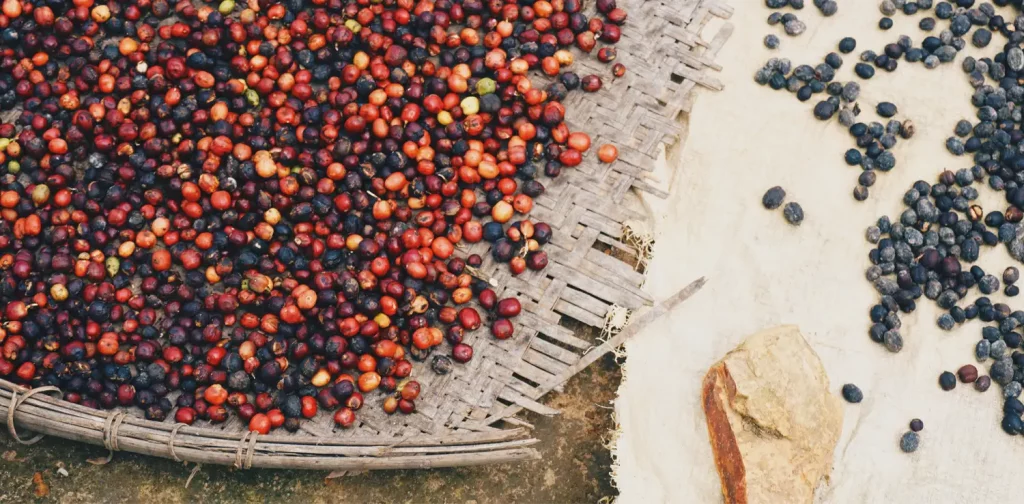
Photo by Dang Cong on Unsplash
Agriculture plays an integral part in a country’s economy. In Vietnam, it makes up a significant portion of the nation’s GDP and is the source of income for more than half of the population. Similar to its blue economy, Vietnam’s land agriculture has the potential to develop further if given the proper resources.
In 2015, Vietnam started its agriculture restructuring with the Vietnam Sustainable Agriculture Transformation (VnSAT) Project. After seven years of implementation, the project has concluded with excellent results.
The VnSAT Project
Exporting agricultural crops is one of Vietnam’s economic pillars, accounting for almost 50% of the country’s GDP in 1998. However, the percentage decreased to 13.96% in 2019. According to the East Asia Forum, the decrease is largely due to lack of reliable information on the sector; low-quality human resources; and improper regulations on production, environmental impact, and market.
The Vietnam Sustainable Agriculture Transformation Project (VnSAT) was one of the four projects signed by Vietnam and the World Bank in 2015, with VnSAT receiving US$238 million of funding. The VnSAT focused mainly on developing rice and coffee production in the Mekong Delta and the Central Highlands through improving practices, investing in processing infrastructure, and connecting with agri-businesses.
The implementation result
After seven years of implementation, the VnSAT Project was concluded in June 2022. According to the World Bank’s implementation report, the project managed to accomplish all the project development indicators:
- Reduced greenhouse gas emission: 1,582,299 tons of CO2 equivalent from the targeted 1,000,000 tons (158%)
- Increased net profit per hectare: 31.6% from the targeted 20% for rice and 22.4% from the targeted 20% for coffee
- Areas with sustainable farming practices: 184,643 hectares from the targeted 150,000 hectares for rice (123%) and 70,446 hectares from the targeted 50,000 hectares for coffee (141%).
- The number of beneficiaries: 983,407 direct project beneficiaries of the targeted 800,000 (123%). Half of the beneficiaries are women.
- Improved delivery service quality: receiving satisfactory ratings for all four targeted departments of MARD and all ten selected provinces.
According to Vietnam Plus, the Ministry of Agriculture and Rural Development of Vietnam dubbed the project a success model for the agricultural sector. The project had benefited over 60% of the country’s population, with the additional profit reaching over 1 trillion VND for rice and almost 500 billion VND for coffee.
Agriculture restructuring
Today, the best agriculture practice means generating high profit while also being responsible for the environment and empowering the workers. This practice is the responsibility of not only governments but also all related stakeholders such as businesses, think tanks, and the society itself as consumers. The VnSAT project is also an example of how multi-stakeholder participation can generate desired results when implemented carefully and thoroughly.
Editor: Nazalea Kusuma
Kresentia Madina
Madina adalah Asisten Manajer Publikasi Digital di Green Network Asia. Ia adalah lulusan Program Studi Sastra Inggris dari Universitas Indonesia. Madina memiliki 3 tahun pengalaman profesional dalam publikasi digital internasional, program, dan kemitraan GNA, khususnya dalam isu-isu sosial dan budaya.

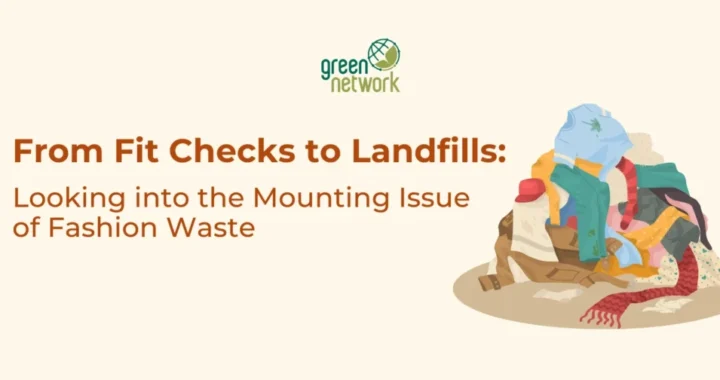 Test Custom Feature Image
Test Custom Feature Image 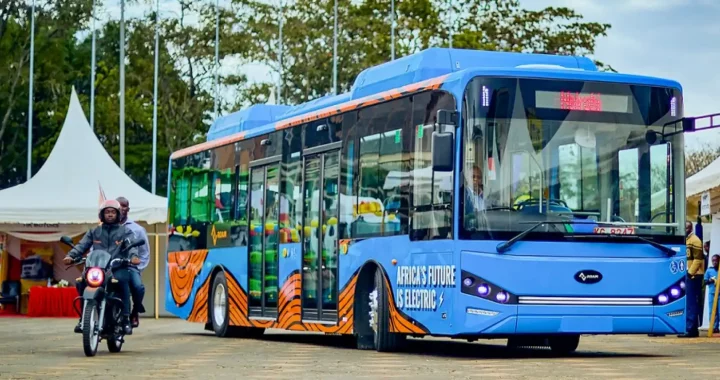 Electric Vehicles Roam the Roads of Kenya
Electric Vehicles Roam the Roads of Kenya  FedEx Engages Employees with Beach Clean-Up Initiative
FedEx Engages Employees with Beach Clean-Up Initiative  Come Back Stronger: Building Philippines’ Resilient Economy Post-COVID-19
Come Back Stronger: Building Philippines’ Resilient Economy Post-COVID-19  Inside Experian’s Sustainability Journey: An Interview with Chief Sustainability Officer Abigail Lovell
Inside Experian’s Sustainability Journey: An Interview with Chief Sustainability Officer Abigail Lovell 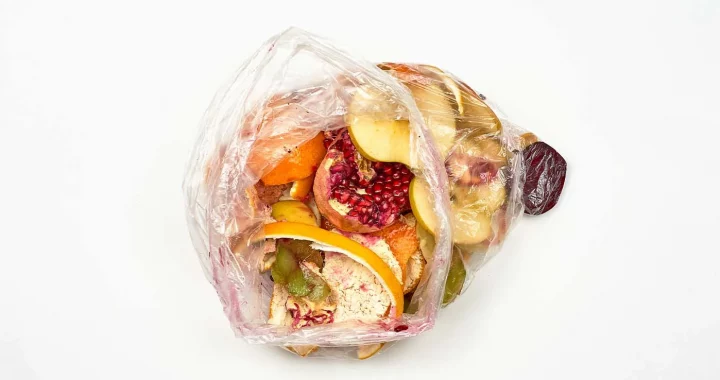 5 Food System Actors That Have Taken the 123 Pledge to Reduce Food Loss & Waste
5 Food System Actors That Have Taken the 123 Pledge to Reduce Food Loss & Waste 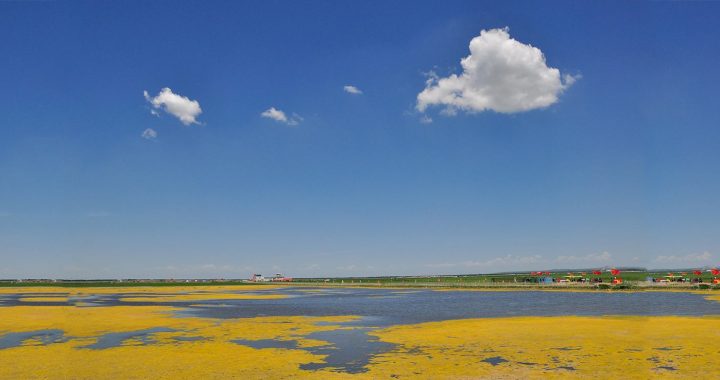 Test premium post
Test premium post